What Is Ayurveda
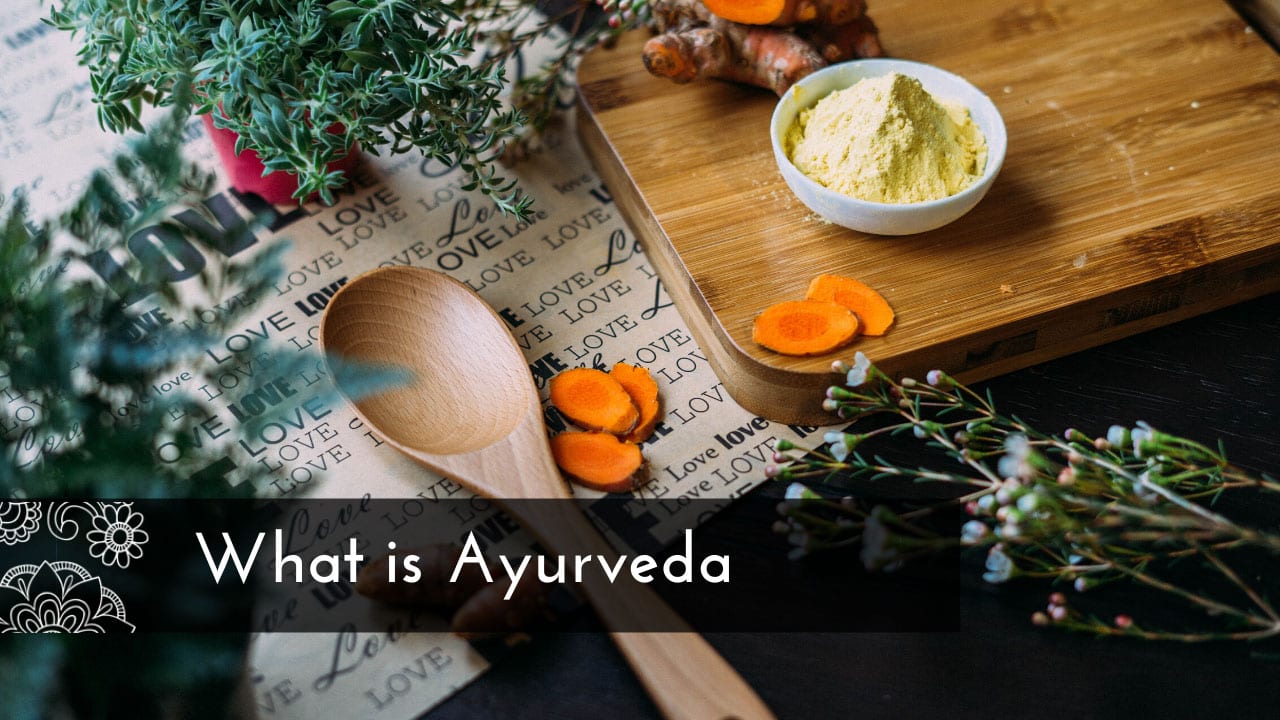
During this month, we are going back to basics. We will understand what is Ayurveda, what are the different doshas, and how you can use Ayurveda to improve your life. If you are a practitioner of Ayurveda already, this series can help you go deeper into your practice, and it will make you question some of your beliefs.
What does Ayurveda mean? Ayu means life and Vedas means deep study. So Ayurveda is the deep study of life. It is a study of all aspects of life. It looks at life as a whole, and not just at specific parts of life like western science tends to do.
Some people might also call Ayurveda the Art of Living, as they look at intrinsically holistic wisdom as an art. Ayurveda is thousands of years old, and if you truly wish to understand it better, you should read about the history of Ayurveda in more detail.
Some people say Ayurveda and yoga are different sides of the same coin. Yoga is the path to enlightenment and Ayurveda is the path to longevity. But they are both part of the path of awakening to what you are as a human being, and understanding your true nature.
Benefits Of Ayurveda
I personally began my journey with Ayurveda in my early twenties, when I was looking to study, in-depth, holistic health from an eastern perspective. What I found so interesting about Ayurveda was so close to the ecosystem, so ingrained in you as the cosmos and the elements of nature. The idea that you can be your own healer, by understanding yourself and your own imbalances, drew me into Ayurveda.
Before I embarked on my Ayurvedic journey I had already been looking into holistic health for about a decade. I had been shifting my diet towards a plant-based diet, which, at the time, was not popular in America. I was also dabbling a bit in meditation and wanted to understand my true nature.
Contrary to western medicine, Ayurveda drives you to do the work of healing yourself. Instead of going to a doctor that will examine you, diagnose you and tell you what to do, Ayurveda tells you to listen to your body and interpret the symptoms it is giving you.
Some symptoms, like a headache, can be very obvious, but others, such as dehydration, take some deeper attention. And then there are the signs your emotional body gives you. You need to start working on understanding the different levels and layers of the self. It’s not always easy because most of us were not raised to check in with our bodies and spirit. But for me, this was an incredibly empowering moment.
When we talk about disease from an Ayurvedic perspective, we are mostly talking about being out of sync. There is an imbalance within you, or you are living out of alignment with nature. If you feel disconnected from nature, you should begin there.
There are simple things you can do to get yourself into rhythm. Going to bed early, waking up before dawn, eating during daylight hours, and hydrating and pooping upon arising, so you don’t carry waste into the day, are a few. You should also allow your digestion to rest. Nowadays we call it intermittent fasting.
When you start to understand rhythm and your imbalances, you can use Ayurveda to deal with several issues. The more you understand yourself and Ayurveda, the more you can heal yourself. As I continued my journey, I got rid of my migraines, I got rid of my allergies, I got rid of excess weight, I mean the list goes on and on and on.
What Are Doshas?
You can’t get into Ayurveda too deeply before you start talking about the doshas. There are three doshas: Vata, Pitta, and Kapha. Vata is the force of movement expanding in space. It is the energy of catabolism and dispersion. Pitta is the energy of fire and water, combined into a force of metabolism. It is easy to understand. In your digestive system, you can’t just have fire burning. You also need water to contain it. Lastly, Kapha is the energy of water and earth combined. It is a force of regeneration, nourishing and flourishing. It is what we call anabolism.
In sum, we have catabolism, metabolism, and anabolism. The three forces live in dynamic harmony when you are healthy and thriving. But when one is higher than the others, you are in a state of dis-ease. This is what we call Vikruti, the current state of imbalance. Vikruti stands for the current state or imbalance. Prakruti is what is unique about your constitution.
These three different forces, Vata, Pitta, and Kapha, are stronger during different types of day. Which is why a big part of Ayurveda is to live within the rhythm of the day. The daily habits prescribed by ancient Ayurvedic scriptures are in sync with the natural energies arising. So when you do what you do matters – this goes for eating, sleeping, pooping, working, etc.
Much of practicing Ayurveda is taking aligned action. If you do, you experience flow, a state of higher consciousness, the ability to do more and to be more. You experience what it’s like to be in sync.
Ayurveda Quizzes
Taking Ayurveda quizzes can be a little tricky. It is always better to have a practitioner, or to take a course like Living Ayurveda. The reason for this is our incapacity to answer questions accurately. If we say, for example, that we are overweight and depressed, we might assume we are a Kapha. But the reality is that if you are overweight you are dealing with a dis-ease of Kapha. It is in the Vikruti part. It does not mean your Prakruti is Kapha.
If you are thinking about taking an Ayurveda test, my advice is that you take a few. As you get your results, you will start to notice a tendency. Remember you are trying to figure out your Prakruti, so you shouldn’t be answering from a standpoint of someone who is going through an imbalance. Ask yourself, “What is my nature when I am happy and thriving?”
It is possible that your body constitution and your mental Prakruti are not the same. The process of trying to figure out your nature is one of self-discovery. And, as such, it can only work if you are completely honest with yourself.
My favorite Dosha Quiz is hosted by Banyan Botanicals. There you can learn about both your Prakruti and your Vikruti.
Understanding what is Ayurveda is a path that leads you towards self-knowledge. But it is also the path to self-empowerment. After discovering your Prakruti and Vitruki you should look more into my articles about Vata Dosha, Pitta Dosha and Kapha Dosha.
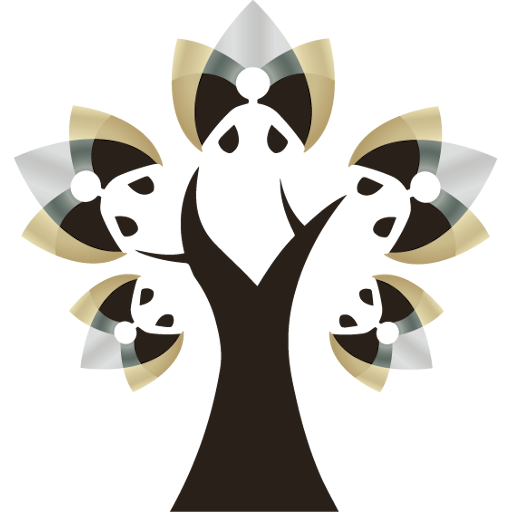






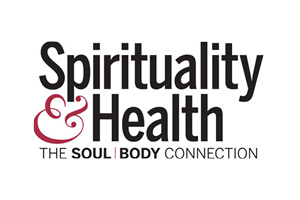




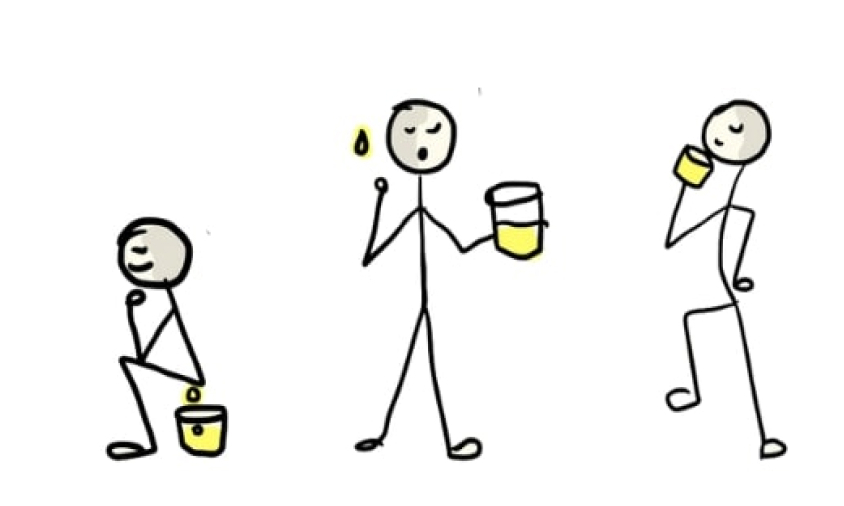
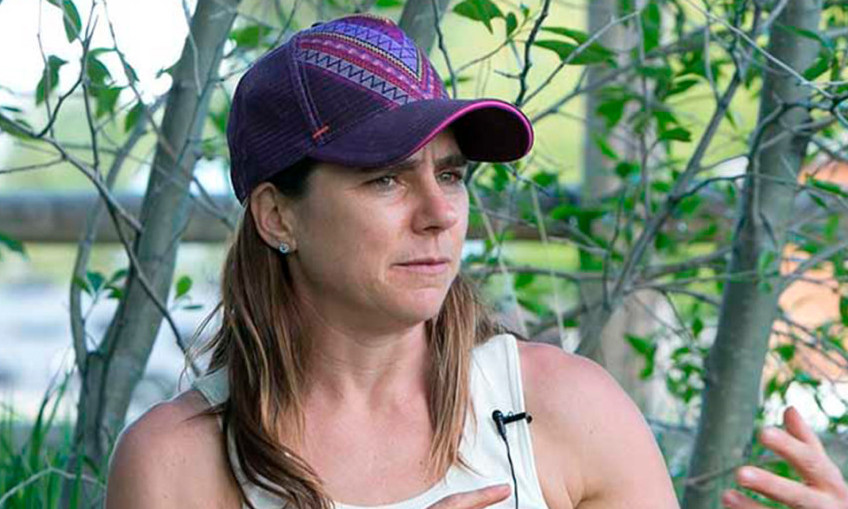

Comments
No comments yet, be the first to comment